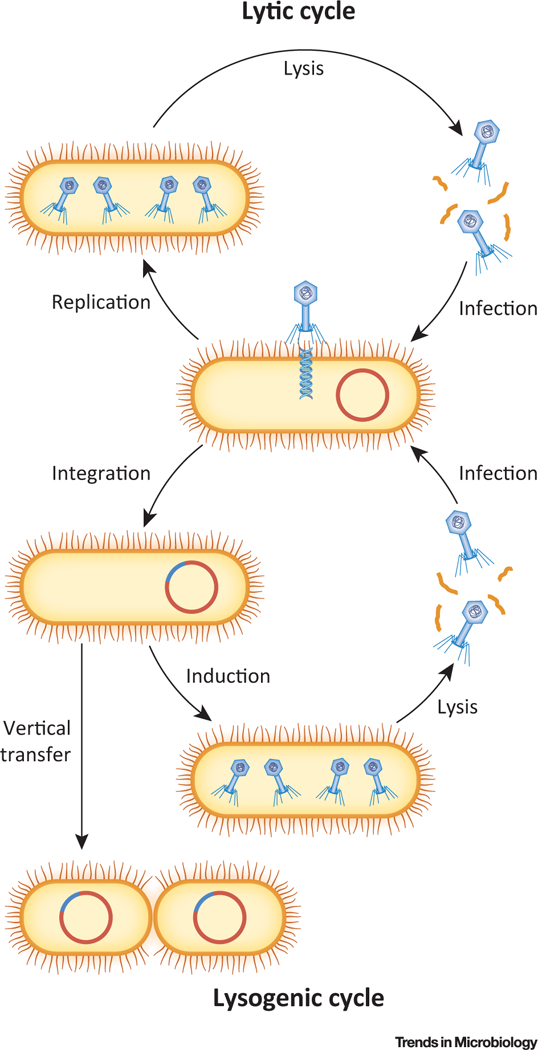Figure 1. Lytic and Lysogenic Cycles of Phage Replication.

The lytic cycle (top) is characterized by the immediate transcription, replication, and translation of the newly injected phage genome, assembly of mature phage particles, and lysis of the bacterial cell. In the lysogenic cycle (bottom), the phage genome is not immediately replicated but instead integrated into the bacterial chromosome (or maintained episomally) as a prophage. Most phage genes – but not all – are transcriptionally repressed in prophages, which are replicated by bacterial machinery and segregated to daughter cells upon binary fission. DNA damage and other stimuli, along with stochastic fluctuations in gene expression, can result in prophage induction, in which the prophage genome is derepressed, excised, and replicated lytically.
